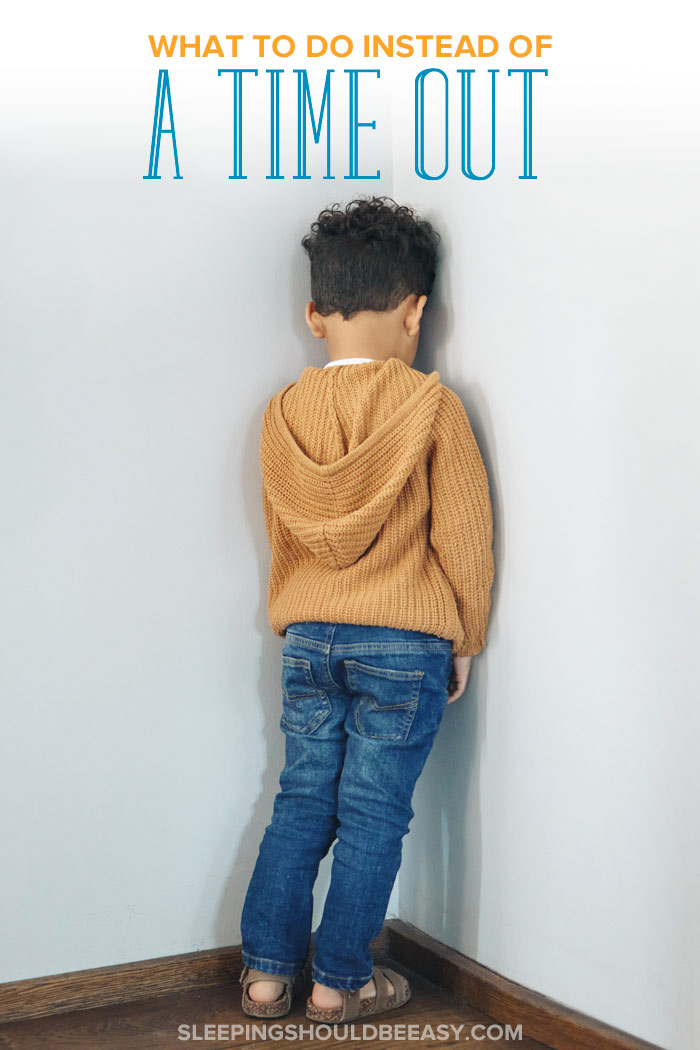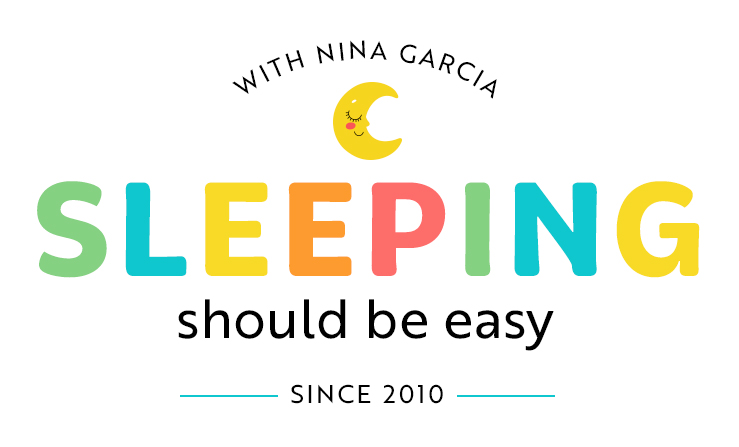A Better (but Not Always Easier) Alternative to Time Out
Looking for a better alternative to time out? A time out isn’t effective and misses key learning moments. Try this alternative instead.
 My 3 year old had been playing with an action figure when, out of frustration, he hurled it several feet away. He knew he wasn’t supposed to throw certain toys that can break or hurt others, but he didn’t seem to care.
My 3 year old had been playing with an action figure when, out of frustration, he hurled it several feet away. He knew he wasn’t supposed to throw certain toys that can break or hurt others, but he didn’t seem to care.
“We don’t throw those toys,” I glared at him. “Please pick it up and put it on the shelf.”
As expected, he stayed rooted to where he sat. Insert more threats here and there, and, I regret to admit, said, “You need to go to your room. Right now.”
It didn’t feel right to send him away, but I felt like I had no other options. That I needed to send the right message.
He’s not supposed to throw toys, I justified. I have no time for this.
Except I realized that I wasn’t behaving with the best intentions for him. Sending him to his room had little to do with throwing a toy and seemed like a reaction to my own anger. For someone who doesn’t use time outs, I still succumb at times, especially when I’m frustrated.
Table of Contents
A better alternative to time out
Disclosure: This article contains affiliate links. As an Amazon Associate, I earn from qualifying purchases.
Many people use time outs—how can it not be an effective method? Well, I learned a better alternative to time out, one that respects our kids and helps them learn valuable lessons. Hopefully you can find it as valuable as fellow parent Ocean L. did:
“I really enjoyed this article! As usual, great content and really thought-provoking input.”
But there’s a catch: It can be much harder to implement.
You see, instead of a time out, have a time in.
I first heard the idea of a time in from Dr. Laura Markham’s book, Peaceful Parent, Happy Kids. Instead of banishing kids away, draw them closer. Seems illogical, right? My son threw a toy that could’ve hurt someone. Why would I want to give him a hug?
Free email challenge: Looking for actionable steps and quick wins in parenting? The Better Parenting 5-Day Challenge is for parents who know they want to improve but need that little nudge and supportive guidance to do so.
Over the course of 5 days, we’ll tackle one actionable tip you can implement right away that can change the way you raise your child. This is your chance to challenge yourself and make the changes you’ve always wanted to make. Join my newsletter and sign up today!
Why time outs don’t work
Turns out, a timeout isn’t effective and can damage our relationship:
- Kids don’t learn how to manage emotions and behavior, which leads to more misbehavior.
- A time out sends the wrong message that we only love them when they feel positive emotions, not difficult ones like anger and frustration.
- They feel ashamed, as if they’re bad people.
- We can abuse time outs as a way to leverage our control.
- A time out puts parents and kids on opposite sides rather than on the same team working toward a common goal.
One question you might have is whether having a time in is condoning the misbehavior. It can seem strange to give your child attention after she had just done something she’s not supposed to do.
But don’t think of a time in as a reward.
You’re not condoning misbehavior by drawing her close to you. Condoning misbehavior means allowing her to continue throwing toys or ignoring her completely. She isn’t going to misbehave because she got a nice warm hug from mom.
Instead, think of a time in as helping her manage emotions and behavior, not rewarding it. Imagine you’re her coach teaching her new skills like self-control and reflection.
Misbehavior and meltdowns are her struggles. Maybe she doesn’t know how to communicate feeling tired or is upset that someone took her toy. A time in reminds her that you’ll always be here to help her learn and better manage this tough feeling. That you love her even when she feels difficult emotions.
Is there ever a situation where a time out is necessary? Sometimes it’s better to send her away when you’re about to lose your temper. But an even better option is to put yourself in a time out to cool down.
Even then, try to send the message that you’re here for her, no matter what. And the best way to do that is through a time in.
Best practices for a time in
As effective as a time in may be, it can also be more difficult than a time out. It’s hard to keep your cool and make yourself available to your child when you’re just as frustrated as he is. You’re human, after all. You feel compelled to lash back when someone upsets you.
Sending him to a time out is fast and, in the short run, seems to work. But it’s an easy way out. Have a time in, and you can reap the benefits of a strong parent-child relationship in the long term.
Here’s how to have an effective time in:
1. Help your child calm down
If your child is throwing a tantrum, it’s impossible to get through to him with words or logic. Instead, focus on calming him down through body language. Stay nearby, hold him if he lets you, and rock him side to side. Let him know you’re here.
This reassures him that you understand what he’s going through. That it’s normal and will eventually pass. He’s not alone and can always turn to you when he has a difficult time behaving.
2. Label your child’s emotions
Many kids have no idea what these emotions are and the physical and mental toll they take. They wonder if something is wrong with them or if they’ll ever feel happy again.
But by labeling emotions and showing empathy, you reassure your child of many things:
- These feelings are common
- Everyone goes through them
- Her emotions will go away eventually
- You understand and have experienced what she’s going through
The biggest benefit with labeling her emotions? It provides a more effective way for her to communicate instead of having an outburst. It’s the difference between throwing a fit and saying, “I’m mad.”
Check out how to teach coping skills for kids to help them manage big emotions.

3. Let your child find comfort and guidance in you
I’m always amazed what a difference a time in can make with my kids. With a time out, emotions are flaring and walls are built. But with time ins, we’re on the same side of that wall.
Let your child crumble in your arms. She’s seeking solace for emotions too difficult for her to cope with on her own. When you make yourself available in this way, you might see a physical change: Her shoulders might soften, and her tears go from angry to calling for help. She knows you’re here for her.
Check out 7 ideas to turn a bad parenting day around.

4. Don’t give in to demands
Having a time in doesn’t mean agreeing to your child’s demands. Don’t give him the tablet he was fussing over to try and calm him down. That may seem like a solution, but you wouldn’t be giving him the limits he needs.
While you’re not giving in to demands, do make it known that he has your full love and positive attention. Focus less on the tablet and more on helping him label his emotions.
So, it’s not so much, “You’ll get to use the tablet tomorrow” but “You were having fun playing, weren’t you? And now you feel mad because you can’t play with it for today.”
5. Explain the rules, but not right away
Part of why time ins are effective is because they allow your child to learn from the situation. Isolation doesn’t show him how to behave or learn why he feels the way he does.
Once he’s calm and receptive to listening, explain what went wrong. First, acknowledge his intentions. Like the example above, you might say he was having fun playing with the tablet and felt upset when he had to stop.
Then, explain or reiterate the rules. He’s only allowed to use the tablet for 30 minutes a day. It’s dinner time and we don’t allow toys at the table. Action figures are hard toys and can hurt other people or break when you throw them.
But again, don’t feel compelled to discipline immediately. You can even wait until much later in the day to talk about what happened, when he’s in a better mood.
6. Give alternatives
Your child will feel upset again at some point. Explain what you can both do instead when he feels himself getting frustrated. He can say “I’m mad!” or grab a favorite comfort toy when he feels overwhelmed. You could set a timer to show when his time with the tablet is up.
This is when the real magic happens that kids don’t benefit from during time outs. In the long run, they learn strategies to cope so the misbehavior doesn’t happen as often.
Conclusion
I won’t lie: It’s much easier to send my kids to a time out when they misbehave. I’m too angry to feel affectionate and patient, no matter how much they need me to be. And coaxing them through fear and punishment seems to work right away.
But time ins can be instrumental in building a strong relationship, one that lasts longer than any immediate benefit of a time out.
Yes, it’s difficult to push your anger aside to make yourself available to your child. This is perhaps the biggest reason motherhood can be hard. We set aside our own needs out of the way for the moment so we can help our kids with theirs.
But the results? You and your child can feel much better after you resolve difficult situations together than if you had sent him to a time out. Holding him close can even calm your once flaring anger down.
And he knows you’re always here for him, even when he throws tantrums and hurls action figures across the room.
Get more tips:
- How to Discipline a Toddler Who Doesn’t Listen
- How to Discipline a 4 Year Old When Nothing Seems to Work
- How to Give Consequences for Kids
Don’t forget: Join my newsletter and sign up for the Better Parenting 5-Day Challenge today!


